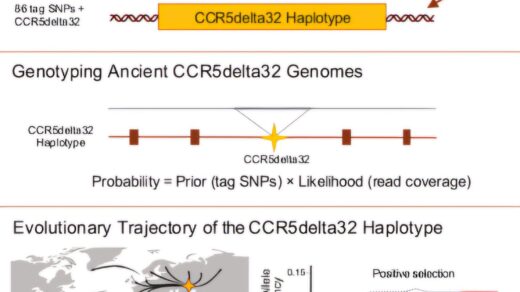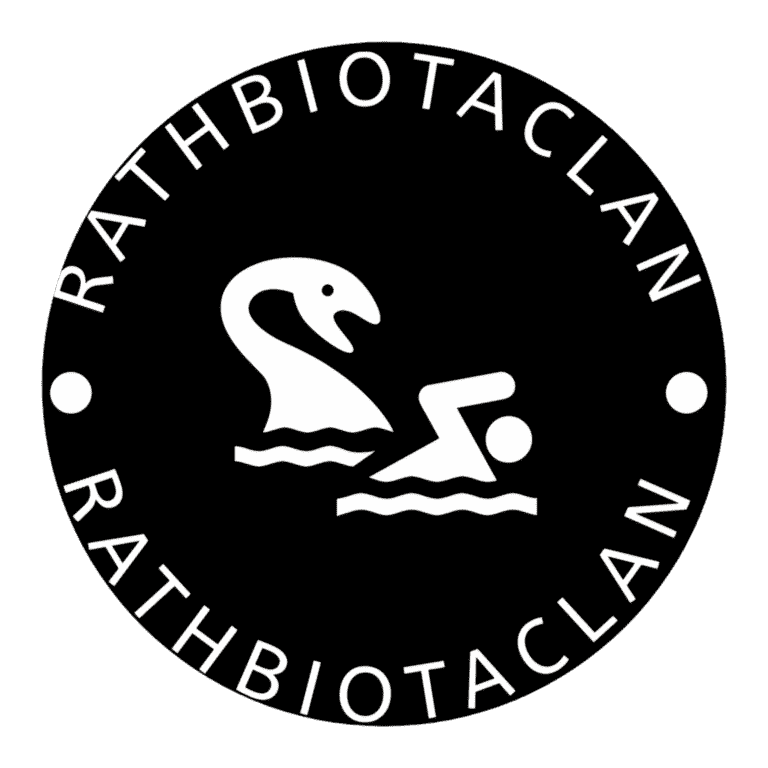In the microscopic world of Caenorhabditis elegans, survival is a battle often fought in the gut, where pathogens lurk, ready to exploit the worm’s iron-rich mitochondria. Yet these unassuming creatures have evolved a sophisticated defense system. Recent research by Andrew Dillin at UC Berkeley reveals that C. elegans’ olfactory neurons serve as sentries against pathogens, triggering a mitochondrial response that may protect these vital organelles from bacterial invasion.
Sensing Danger: Olfactory Neurons as Gatekeepers
C. elegans use a specialized pair of neurons, amphid wing “C” (AWC), as scent-detection centers. These neurons act as a radar, firing when odors are absent and shutting down in their presence—a function essential for avoiding potential threats. Dillin and his team suspected that these neurons might recognize pathogen cues, priming the worm’s gut defenses even before infection takes hold.
In their study, the researchers silenced the AWC neurons using genetic tools, then exposed the worms to Pseudomonas aeruginosa. Intriguingly, the AWC-silenced worms showed enhanced survival and resistance to infection, linked to a mitochondrial stress response, particularly the unfolded protein response (UPRMT), which helps cells counter stress caused by misfolded mitochondrial proteins.
Guarding Mitochondria Through Cellular Self-Defense
The experiment revealed striking shifts in mitochondrial behavior within the worm’s intestinal cells. Key indicators of mitochondrial function—oxidative phosphorylation, oxygen consumption, and mitochondrial DNA (mtDNA) levels—all dropped in the AWC-silenced worms. This reduction pointed to a protective strategy that limits pathogen access to the worm’s iron reserves in mitochondria, potentially starving the bacteria of this essential nutrient.
The Signal Messenger: Serotonin’s Role in Pathogen Defense
Digging deeper, the team uncovered serotonin as a critical signal linking the olfactory neurons to the mitochondrial response. When serotonin synthesis was genetically blocked, the mitochondrial response ceased; yet supplementing serotonin reactivated it, underscoring the importance of this signaling molecule in the olfactory-driven immune defense.
An Evolutionary Strategy
This discovery highlights an evolutionary advantage where olfactory neurons serve as early-warning systems, possibly shared by mammals, to anticipate and counter threats in real-time. As infectious disease specialist Read Pukkila-Worley from the University of Massachusetts Chan Medical School noted, “It makes evolutionary sense, where olfactory neurons sample the environment and prime the host for survival against pathogens.”
Dillin’s findings open a new path in immunology, suggesting a coordinated olfactory-mitochondrial response that may be conserved across species. His team is now delving into whether these olfactory mechanisms extend to mammals, hoping to unlock new understanding about how sensory neurons might communicate directly with mitochondria to fine-tune cellular defenses.

















